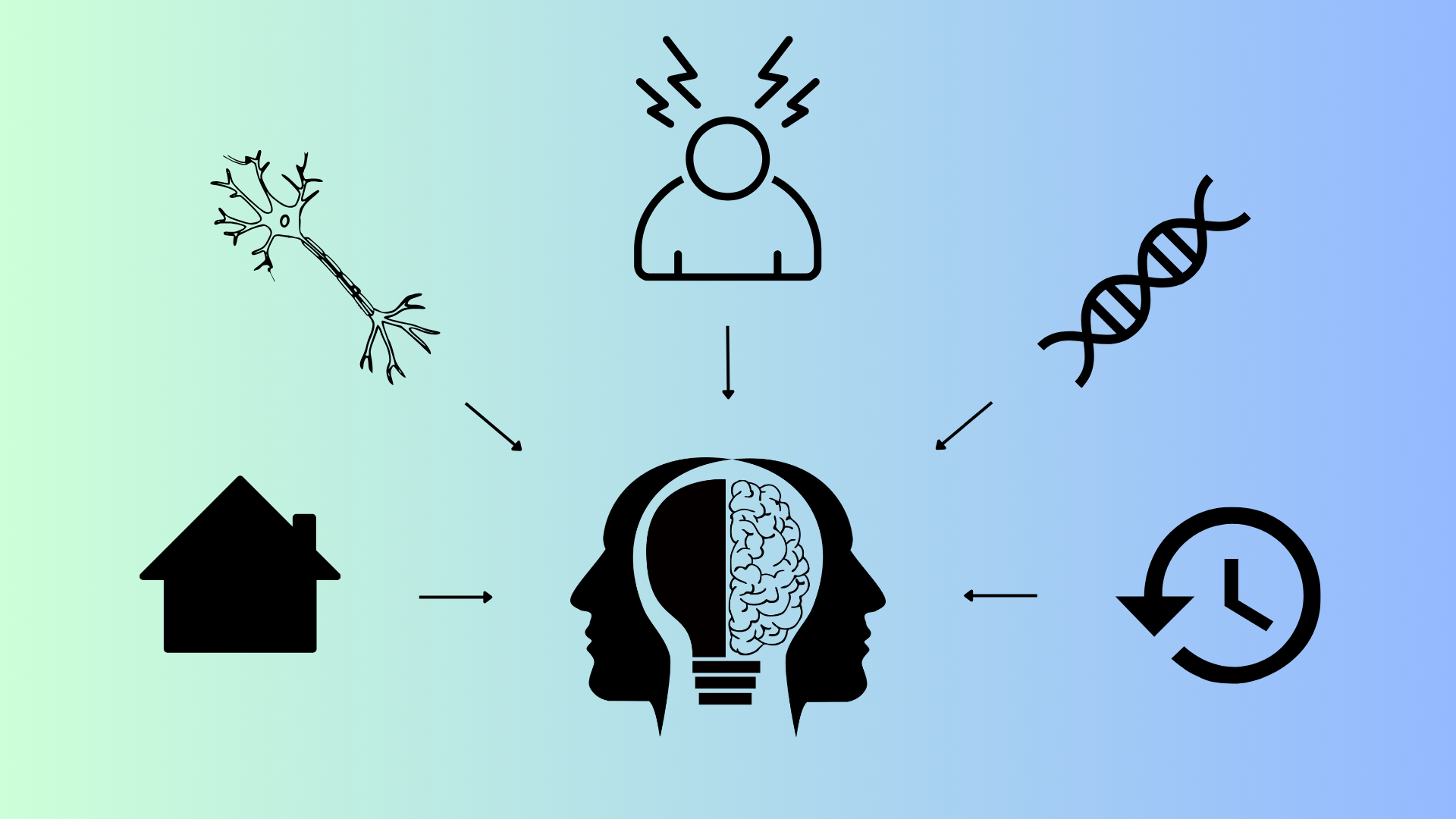
The Connection Between Memories and Stress
Memory formation, consolidation, and retrieval are vital functions of a healthy life. When psychologically stressful events occur, memory formation is extra vital. Evolutionarily, the reason for this is to either avoid the stressor in the future or know how to react if the stressor is encountered again at a later time. Psychologically stressful events are difficult to avoid, yet only 10-20% of the population develops a stress related disorder (such as post-traumatic stress disorder, depression, and anxiety) following an extremely stressful event [1]. Maladaptive stress memory formation could be due to overactive signaling pathways. Stress can alter memory formation through changes in gene transcription as a result of these signaling pathways.
Multiple mechanisms and processes can play a role in the expression of stress-related mental disorders. These mechanisms are related to the stress response as well as the formation and retrieval of memories. This is specifically observed within the dentate gyrus, a region of the hippocampal formation within the medial temporal lobe that is associated with autobiographical and episodic memories [2].

Genetic Responses to Stress
Gene transcription changes can be observed in the dentate gyrus neurons in response to stress. These changes are triggered by environmental challenges that stimulate extracellular signals such as glucocorticoid hormones and glutamate. The extracellular signals begin the biochemical process of stress-related memory formation. Stressful events stimulate phosphorylation of S10 and acetylation of K14 in a dual histone mark called H3S10p-K14ac within fos and egr1 gene promoter regions within the dentate gyrus. This suggests that H3S10p-K14ac histone marks are related to promoters of immediate-early genes C-fos and Egr-1 which are stimulated by psychologically stressful events. In rats, a forced swim test is a significant stressor which triggers expression of these dual histone marks in the dentate gyrus [1].
Signaling Pathways Associated with Stress
The NMDA receptor-mediated ERK-MAPK pathway is involved in learning and memory. This pathway is activated by a glutamate ligand binding to the NMDA receptor. This is an excitatory process which stimulates C-fos and Egr-1 gene transcription through H3S10p-K14ac activation within the dentate gyrus. It has been found that NMDA receptor antagonists and MAPK pathway inhibitors strongly inhibited H3S10p-K14ac and the expression of immediate early genes in the dentate gyrus. This demonstrates that a MAPK pathway is related to H3S10p-K14ac and the development of symptoms of high anxiety [1].
Glucocorticoids and glucocorticoid receptors are also active in the immediate-early time domain following a stressor. The GR acts as a scaffold to properly phosphorylate ERK and MSK when faced with psychological stress. This results in the same gene transcription process as the NMDA receptor pathway, as shown in Figure 1.

Conclusion
There are many factors that contribute to a person’s susceptibility to a stress related disorder such as baseline anxiety levels and neural activity, previous trauma, environment, and genetics. In addition to these factors, the strength of both glucocorticoid receptor signaling and NMDA glutamate receptor signaling in the dentate gyrus could be key areas of modulation that could alter the stress-related memory response. This occurs through the transcription of the specific immediate early genes C-fos and Erk-1 which are promoted by H3S10p-K14ac histone marks. The activity of these pathways can be decreased through increased GABA synthesis and signaling. Both pharmacological and nonpharmacological interventions have been shown to improve symptoms of anxiety by increasing the activity of GABA, thereby decreasing the transcription of C-fos and Erk-1 [1].
References: